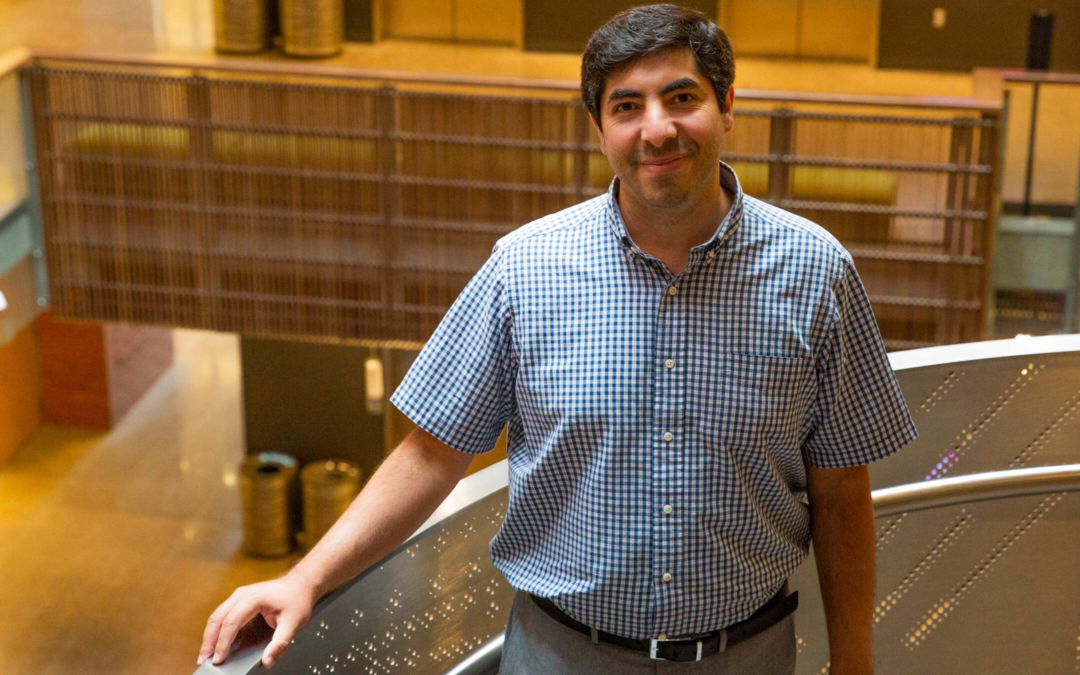In the early centuries of sailing the open seas, often the only navigation tool was the human eye. Ships’ crews found their way by coordinating their paths based on observing the positions of the constellations of stars and planets in the sky.
Communications back then were equally old school. If ships were too far apart for crews to shout at each other, they would wave flags in specific patterns to convey simple messages.
Today, navigation, communications, ranging and nearly all operations of both sea-going vessels and airborne transportation are performed with technologies that could scarcely be imagined only several generations ago.
Now some of the most advanced communication, sensing, detection, signaling, course-setting and safety and emergency backup systems — all fully automated and computerized — are standard equipment. Still, the demands of the modern world continue to generate new applications to provide even more enhanced capabilities for our high-tech modes of connectivity and security.
That’s why there is keen interest in the research being conducted in facilities such as the MTP Lab at Arizona State University directed by Saeed Zeinolabedinzadeh, an electrical and computer engineer and assistant professor in ASU’s Ira A. Fulton Schools of Engineering.
